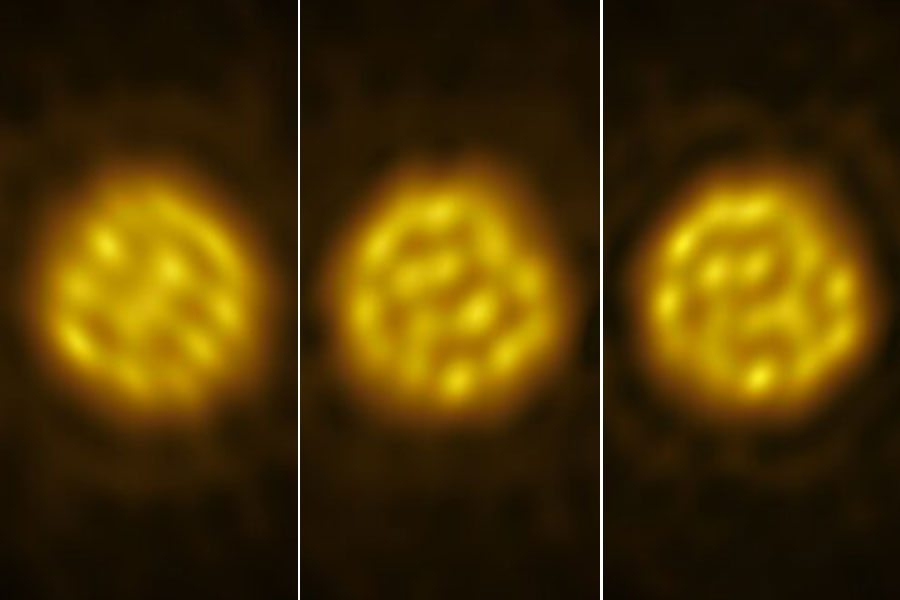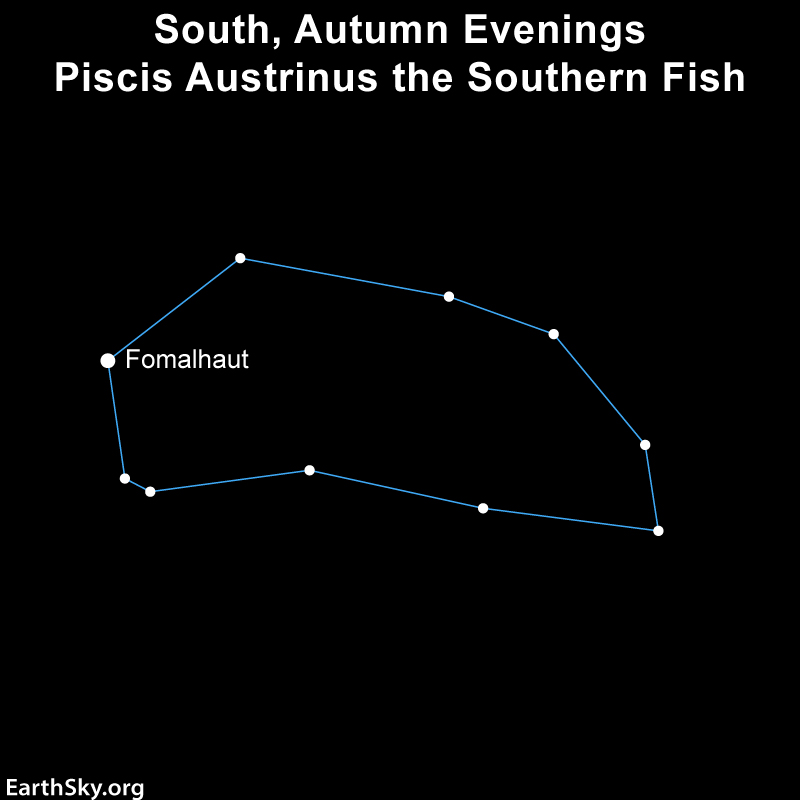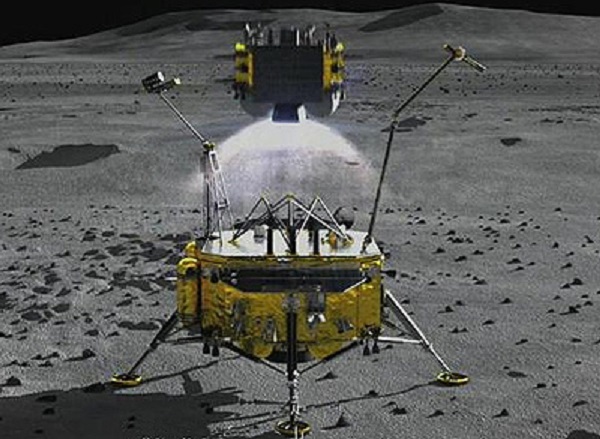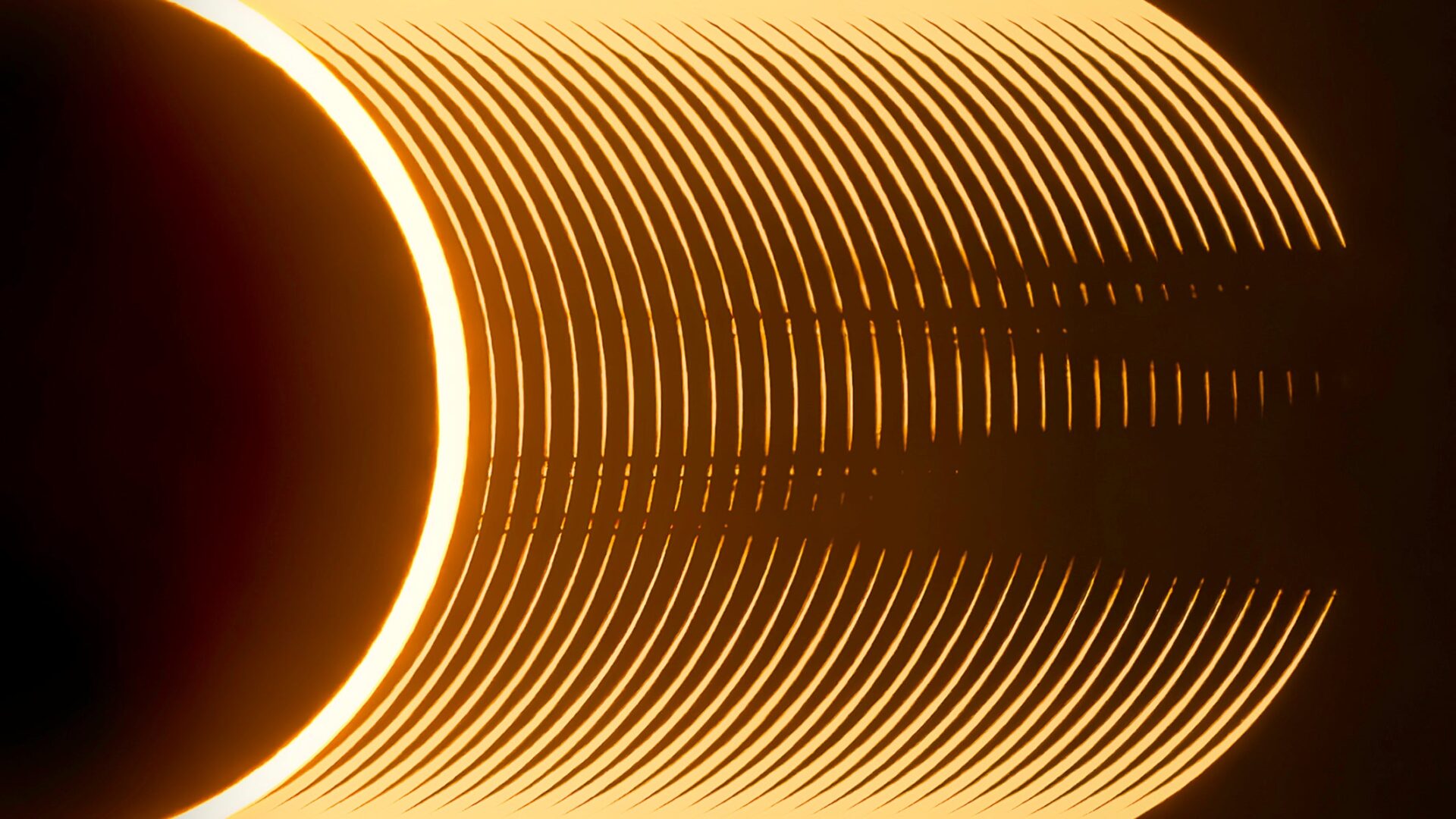ALMA (ESO / NAOJ / NRAO) / W. Vlemmings et al.
On the red giant star R Doradus, boiling motions have created gargantuan bubbles 75 times the size of the Sun. But it’s not the size of these structures that caught astronomers’ attention; it’s how fast the bubbles “pop.”
In five observations take over four weeks in the summer of 2023, a team led by Wouter Vlemmings (Chalmers University of Technology, Sweden) found that the bubbles appear and disappear within only a month. That’s about three times faster than expected, and the team doesn’t have an immediate explanation on offer in their publication of the results in Nature.
It’s worth noting that, while the image above appears to depict bubbles on the star’s surface, it isn’t actually showing the boiling motions themselves, nor does it show the visible surface of the star.
The researchers used the dozens of dishes of the Atacama Large Millimeter/submillimeter Array (ALMA) to reconstruct radio images of R Doradus, and those wavelengths reveals not the visible surface of the star (also called the photosphere) but rather hot gas a little higher up in its atmosphere. The hot gas, however, is hot because of the shock waves that emanate from the boiling motions, or convection, in the star itself. So, although what we see at these short radio wavelengths happens in the star’s atmosphere, it’s a decent approximation of what’s happening just a bit further down on the photosphere.
In R Doradus, just like in a pot of water on the stove, heat drives the motion of convective cells. In a single cell, water (or, in the case of the star, the plasma) carries heat to the surface, where it cools and sinks back down again. We see these boiling motions on the Sun as granules; they’re only 1,000 kilometers (600 miles) across. On R Doradus, the granule-like structures are a bit bigger: The largest of them is 100 million km or, equivalently, 0.72 astronomical unit across — spanning about a quarter of the star.

ESO / IAU and Sky & Telescope
Seeing details on other stars the way we do on the Sun is nigh impossible due to their distance. But in recent years, astronomers have been working their way toward seeing the much larger granule-like structures that exist on giant stars using a technique called interferometry.
Using interferometry, astronomers have resolved convection on a grand scale in a handful of red supergiant stars. Such observations have shown, for example, that Betelgeuse, the famous star at the shoulder of Orion, has convective cells that span half its stellar disk. So the similarly large structures on R Doradus aren’t surprising, both because it, too, is a giant star and because we simply don’t have the capability to see much smaller cells if they exist.
The puzzling aspect of the result comes from the nature of the convection. Based on how quickly hot gas ought to rise and fall through the star, the astronomers expected the bubbles to appear and disappear within several months. Yet within the shorter month-long span of observations, they already caught bubbles popping in and out of view.
“I believe these are very exciting times!” says Claudia Paladini (European Southern Observatory), who wrote a perspective piece that appears in the same issue of Nature. Paladini led a team back in 2018 that obtained a single snapshot of a red giant star’s convective cells — and now there’s an entire video showing the evolution of such features.

ESO
“One can see the bubbles coming up, expanding, and vanishing like it’s seen in the Sun,” she adds. “It’s remarkable, considering the distance we are talking about.”
These data are the type we need to begin to understand the complex dynamics within giant stars because, Paladini points out, there’s more going on here than simple convection.
“We should not forget that these stars pulsate, and close to the surface,” she says. “Pulsation and convection interact. I suspect that a right push from a pulsation shock traveling across the stellar interior might increase the speed of the convective cells rising to the surface.”
More observations like these of additional giant stars will help astronomers understand what blows giant bubbles and how.





No comments! Be the first commenter?